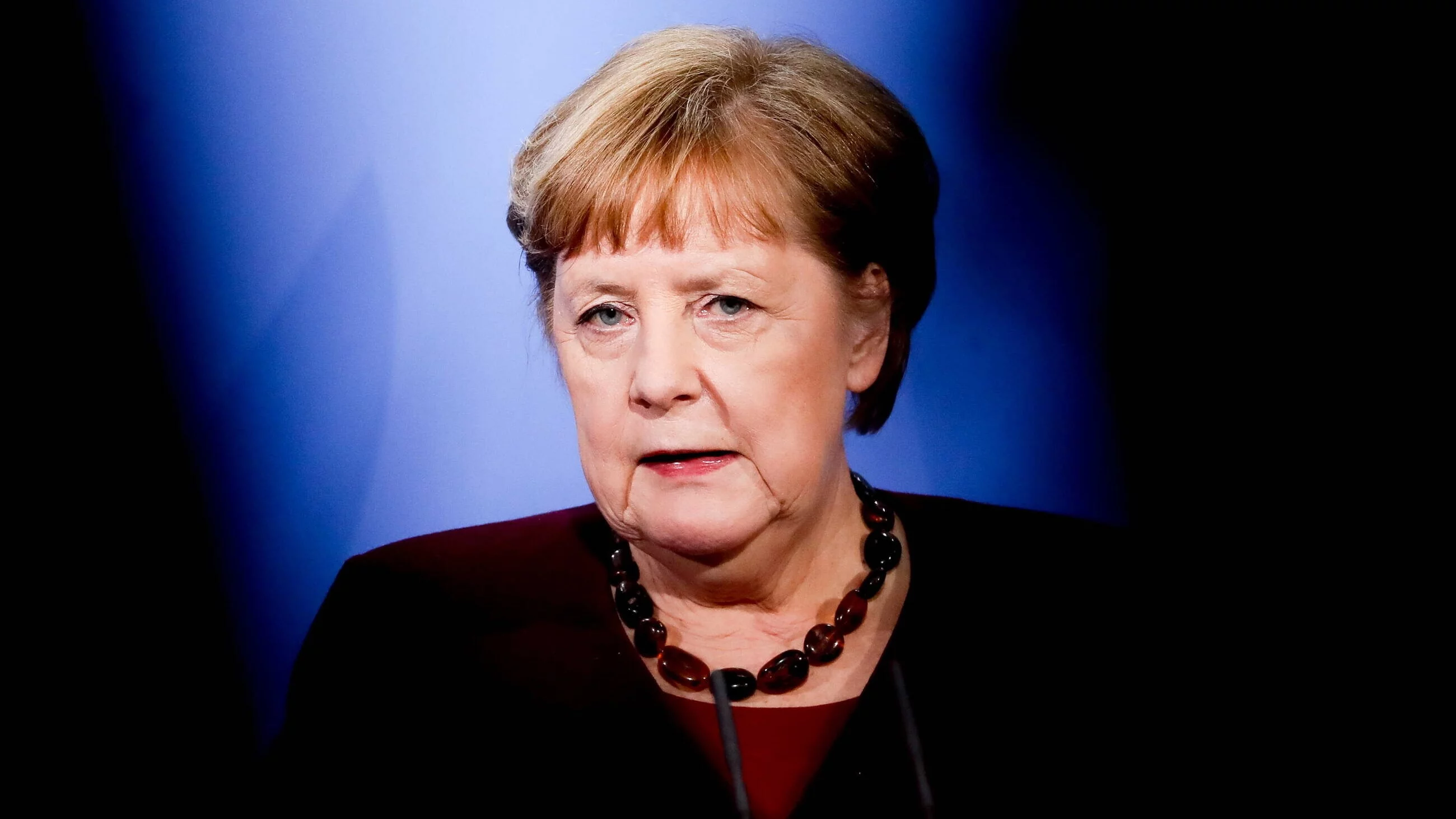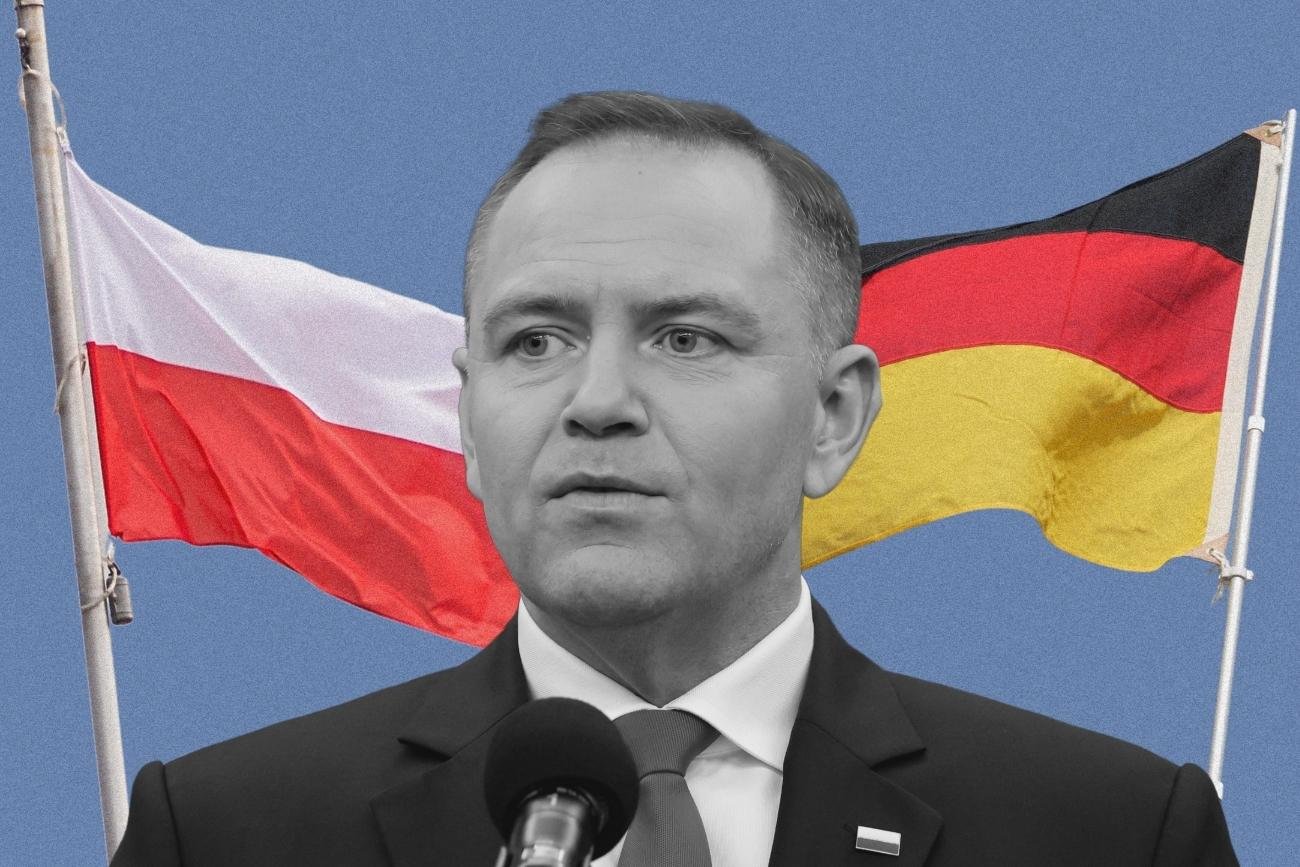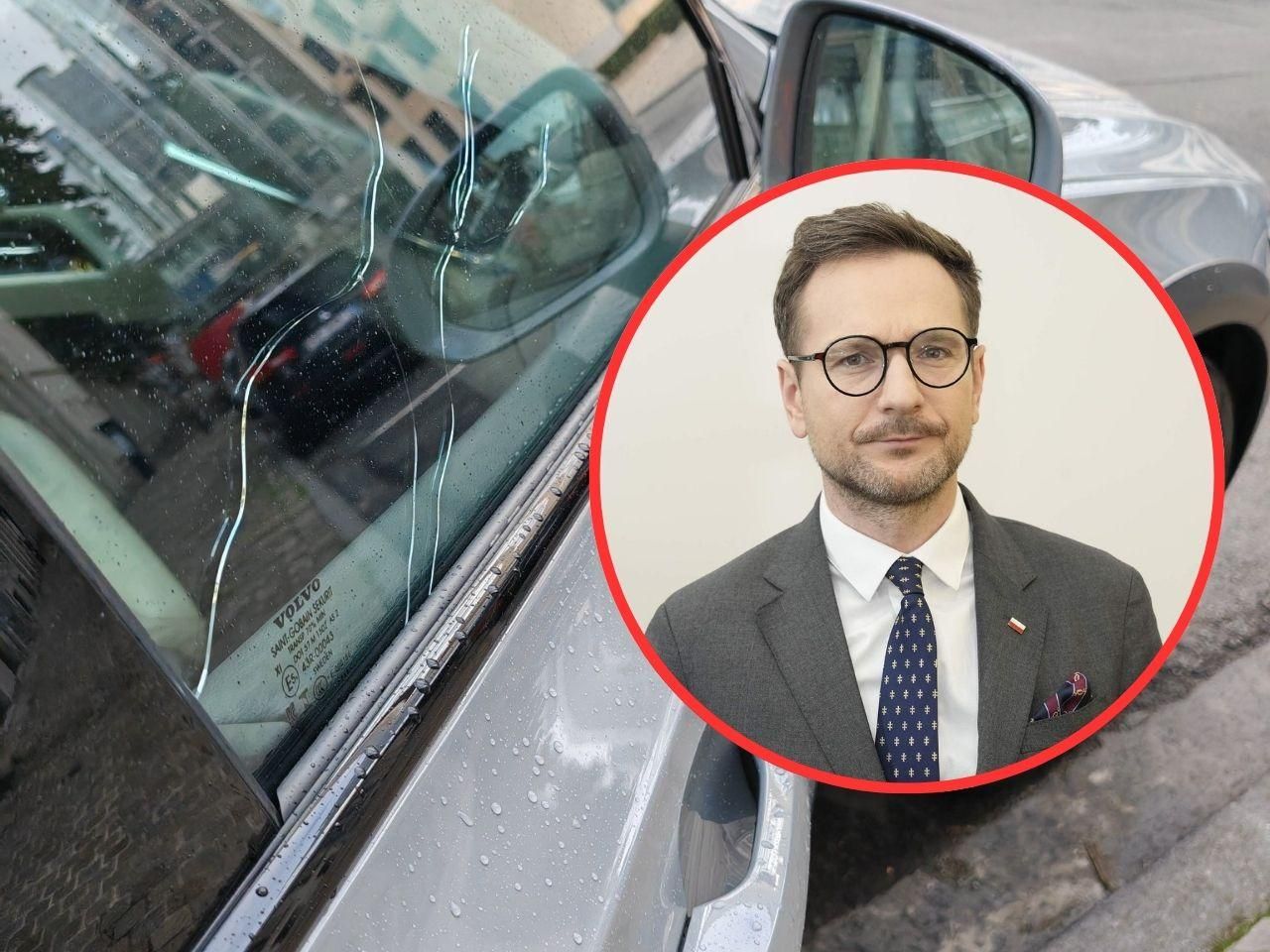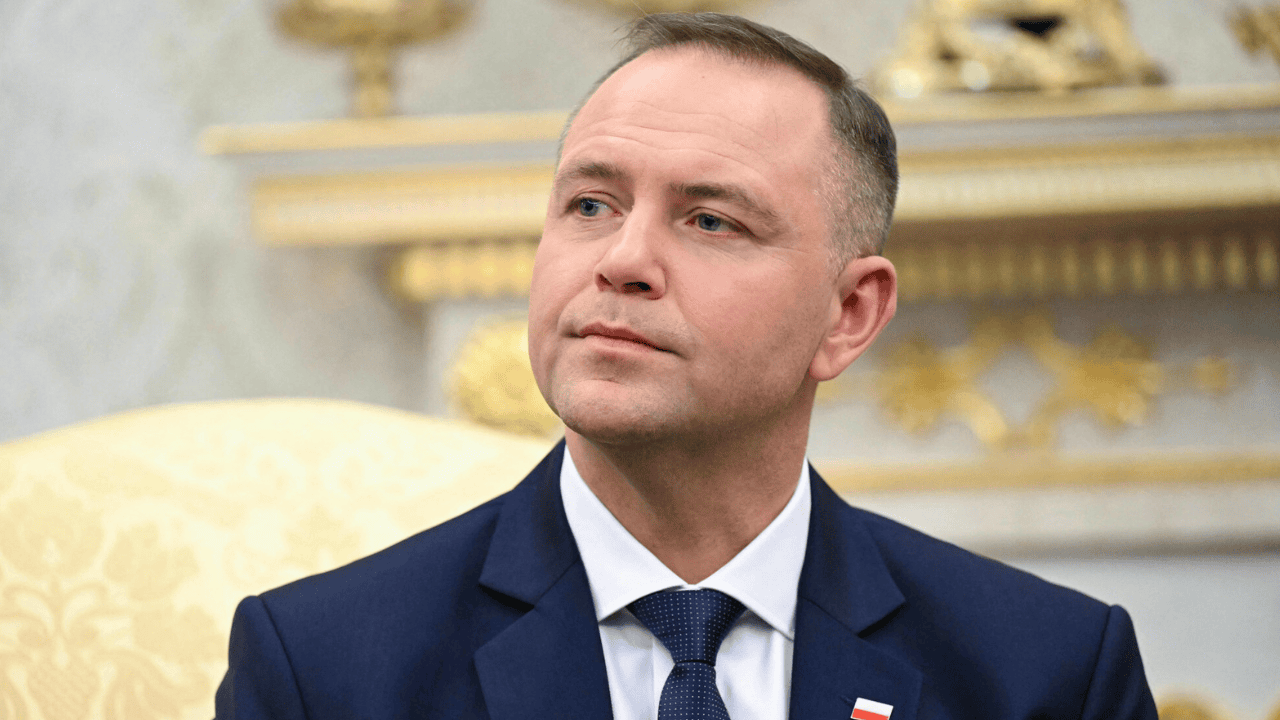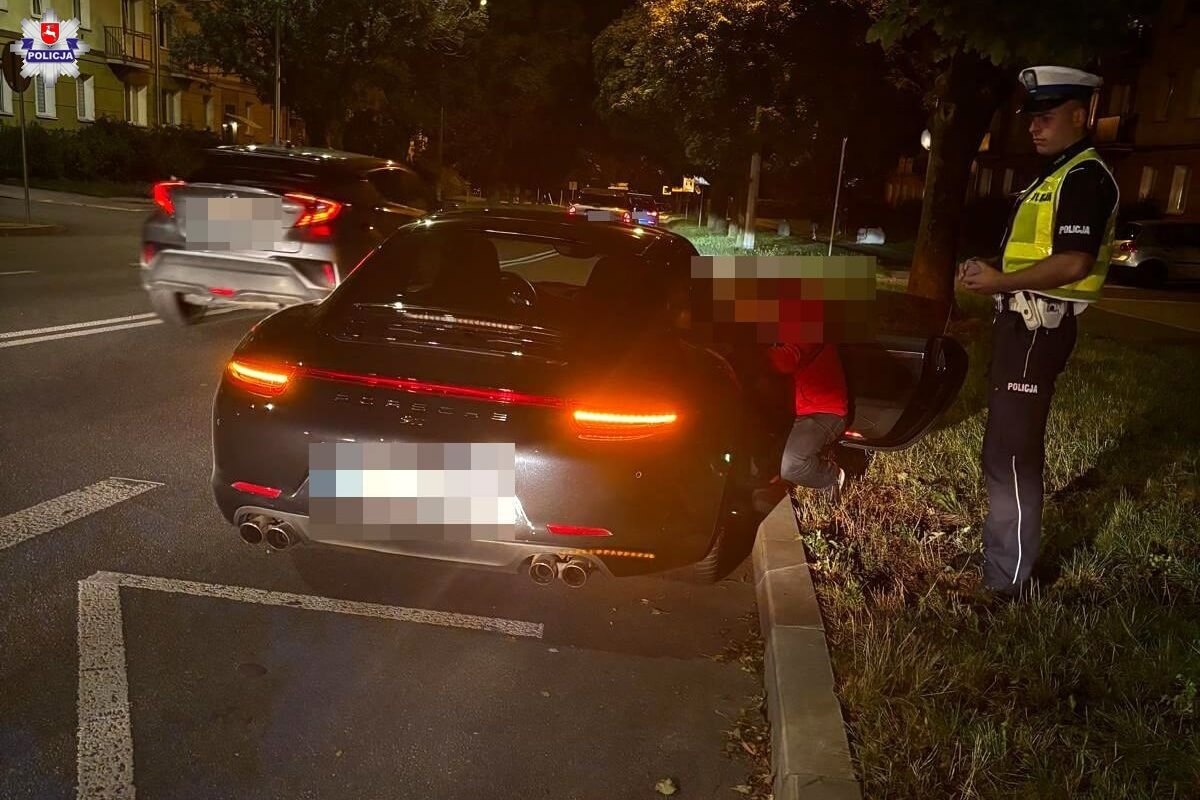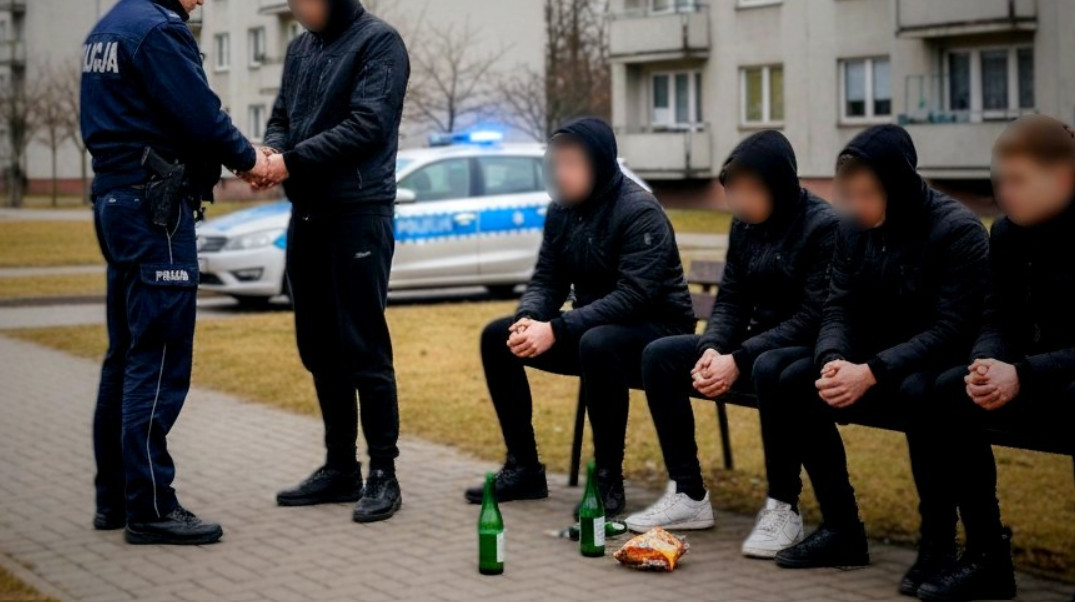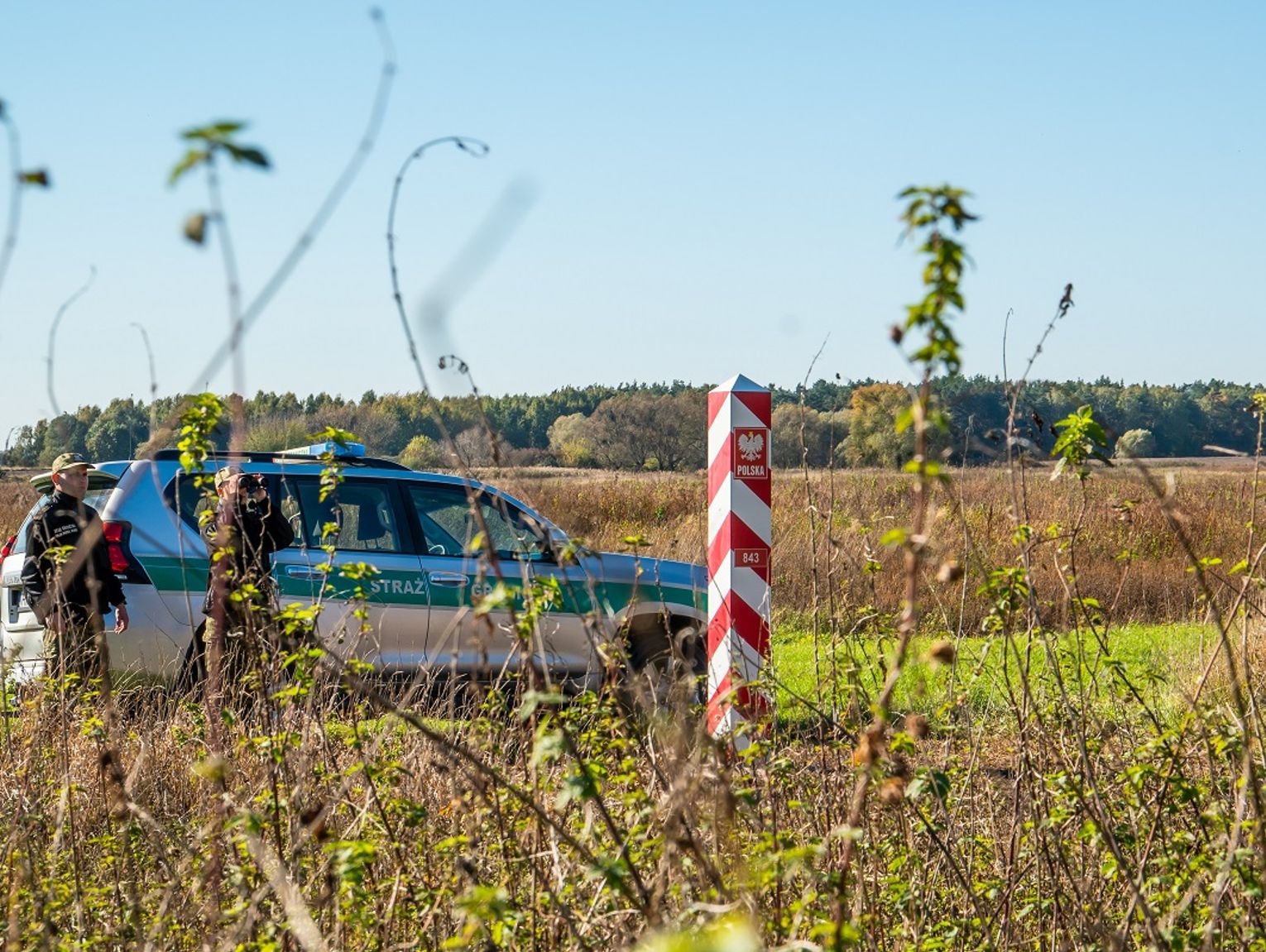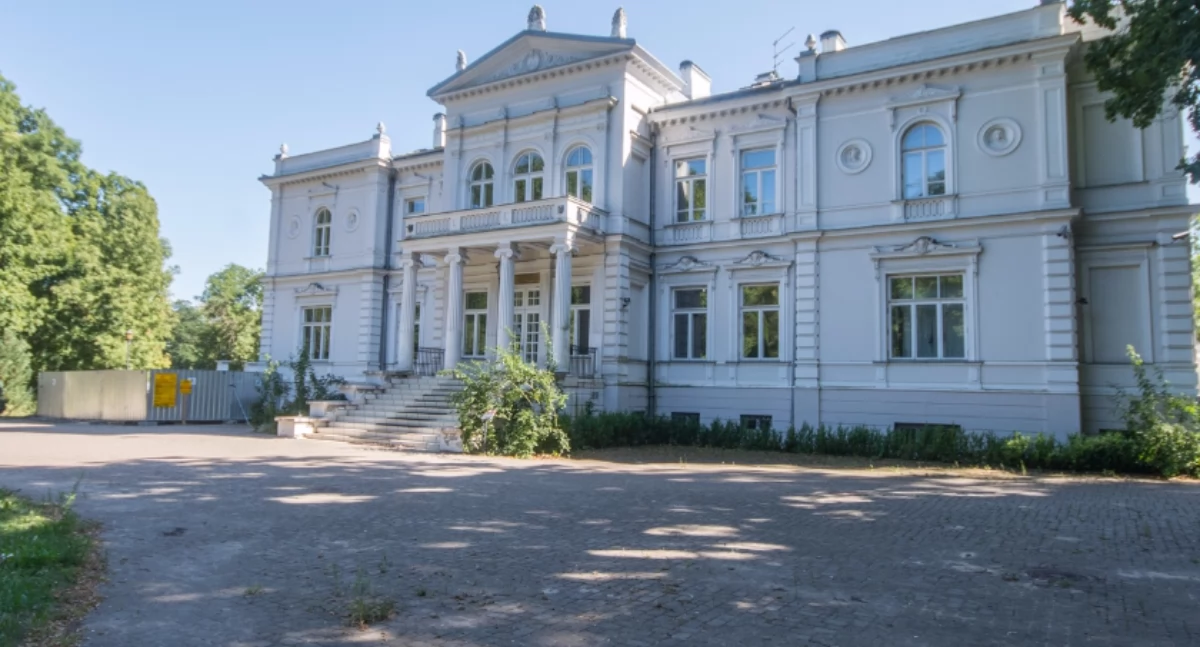I would like to start with what many people in Europe, including Poland, are very afraid of what they are being warned about. This is simply a scenario: Russia ends with the SOW succeeding and then moves further west. How justified is this myth? That's the first question, a bit political. And second question: how much does Russia have military-industrial possible in comparison with the European Union and another Western countries to plan specified operations at all?
– Let's start with the first of these questions. How much is Russia curious in further movements after the end of peculiar Military Operations? The assertion of what is interesting, although it seems fresh now, actually has a history. In 2014, many European media began to draw attention to military exercises called "West", which Russia carried out together with Belarus. all time these exercises are prepared, it was claimed that it was not a drill at all, that Russia was preparing an attack on the Baltic countries, on the rail corridor and in general on Poland and even further. Meanwhile, all time the Ministry of Defence invited abroad journalists there to come and see that there was no attack. It's just a drill. 1 could even get acquainted with the format of these exercises, which does not presume any elements indicating that they are carried out with a view to any fight against the West in the future. That's one. Secondly, Russia has a clear and understandable, publically available, multi-language defence doctrine, which can be read carefully and found not to be offensive but to be defensive. This means that conflict with Europe is only possible if Europe acts aggressively. If individual gets tense there, he will attack Russia with conventional weapons, he will effort to invade any mechanized columns – then Russia will respond in accordance with his defence doctrine. The reaction will depend on what kind of aggression we will face. It is possible to usage both conventional and atomic weapons. Russia so has detailed steps, indicating where it will take them. As far as atomic weapons are concerned, we have a separate doctrine dedicated to it entitled The foundations of state policy in the sphere of atomic deterrence, in which all the circumstances and causes are mentioned erstwhile Russia considers the usage of atomic weapons.
So we don't have any hidden plans that we're hiding somewhere or keeping secret. Let us now decision on to the question of military potential. In time, Russia realized that the situation in the West was becoming more tense. There was quite a few anti-Russian rhetoric there, and we started being accused of things we didn't even want to do. At the same time, we have noticed that there are actions along our borders that, from a military point of view, can be described as preparing war theatres. After 2 neutral countries have joined NATO so far - Finland and Sweden - it has become clear that we must take any steps in consequence not only to strengthen the protection of our borders, but besides to grow the army, that is, to increase its size, to make fresh garrisons, fresh bases, fresh logistics routes, warehouses, etc. akin activities were besides covered by our military-industrial complex. Reforms have been in place for rather a long time. They began in 2015 and were associated with the request for a complete technological and method transformation of our reinforcement plants. After all, times have changed, fresh types of weapons and military equipment have emerged, which required better and more modern instrumentation. This was all implemented under the then government program, but erstwhile the peculiar Military Operation began, it turned out that the production capacity established by this program was not adequate under conditions of conflict on specified a scale as the 1 presently taking place in Ukraine. It was so essential to increase the production of arms, especially those things that were most rapidly missing – various types of missiles. Therefore, production had to increase. The first part of the programme had already been implemented and it was possible to grow production capacity.
It should be remembered that Russia's military-industrial complex has not yet gone into war. However, as evidenced by the facts published by both the Ministry of Defence and the Ministry of manufacture and Trade, the volume of arms production increased respective times depending on the kind of products. For example, erstwhile it comes to the production of artillery ammunition, it increased about 20 times and began to be counted in millions. The manufacture of armored weapons increased 3-4-fold, anti-aircraft defence systems – 5-6 times. I'd like to explain why he's so crucial to anti-aircraft defence kits. We are presently faced with a fresh situation in which local conflict goes beyond its first boundaries. I'm referring to drone attacks and precise rocket weapons to targets located outside the area of operation. It is clear that this kind of weapon, called air offensive weapons, strikes civilian objects and these civilian objects must be protected. Initially, specified a defence was envisaged in the event of another types of conflicts and so the amount of anti-aircraft defence was limited. You should have done something about it. erstwhile specified threats and attacks occurred, a programme to intensify their production began to be implemented. The number of rocket defence systems and drone control centres and their full environment increased respective times compared to, for example, 2022. In addition, a fresh field began to make simultaneously, or mass production of drones, among which were besides specified as to capture enemy drones, and then destruct or harm them in specified a way that they were not able to carry out their combat tasks.
We have already achieved specified a pace of production and specified parameters, that if we do not stop, then in the case of, God forbid, the outbreak of conflict with the European NATO countries it turns out that Russia will be as prepared for it as possible. Incidentally, this was mentioned by our president erstwhile he was asked about threats now coming from the West. They are peculiarly fond of saying these threats by the leaders of the European Union, who openly say that we must prepare for war with Russia, that we must increase defence budgets. They say that there will be funds for this, regardless of another programmes carried out by the European Union, talk about different types of weapons, etc. I am not inclined to treat these words of European leaders simply as a certain populism aimed at gaining the assurance of Europeans terrified that Russia could attack them at any time. I treat them alternatively seriously due to the fact that we have heard akin things before.

Alexey Leonkov
Not without reason, our abroad minister Sergei Lavrow said that unfortunately centuries-old past proves that very frequently sources of threats to Russia flowed from Europe. Armed action against it has always started with a European direction. Therefore, specified announcements are taken seriously in Russia. We do not sit with our hands on, we do not wait for the attack and another surprise with the assault, like on June 22, 1941. We're working on it. Work is ongoing in many areas, including fresh weapons having nothing to do with atomic weapons. We are talking about a fresh set that has already been demonstrated. This is about the mid-range ballistic rocket Oriesznik, which is 1 of our key arguments in a situation where we are trying to make casus belli against Russia through various kinds of provocations that we cannot answer. Oriesznik is an excellent argument that we can answer. global practice shows that this kind of reaction has already been used, even erstwhile there has been an exchange of blows between Israel and Iran. As we remember, the last word was Iran. His reaction with rocket weapons, including hypersonic, led to the immediate incapacitation of Israel's rocket and anti-aircraft defence systems. So there are certain mechanisms to guarantee that if war is to begin, we are ready for war. However, it must be remembered that Russia has already survived 2 devastating wars in the 20th and 21st centuries.
In the 20th century, during planet War I and planet War II, we came to pay a very advanced price to preserve our sovereignty. So we do not strive for war. We aim for our neighbours to be able to make in a peaceful way within the framework of economical cooperation with us. After all, this has been the case, which is simply a characteristic example of the Northern Gas pipeline. erstwhile it was blown up, we realized that Europe had actually broken all ties with us. This, unfortunately, has chosen militarisation, which we are witnessing today, alternatively of peaceful coexistence. However, Russia continues to repeat to Europe that it is ready to respond to all its economical problems, fears and phobias in a constructive way, formulating an alternate consequence that would let Europeans to choose a way of improvement and growth that is much more favourable to average citizens. I don't mean politicians who prosecute their own goals. That's more or little how it looks.
Many people have asked themselves in fresh years why Russia was incapable to destruct the routes leading from Poland to the center of Ukraine. I mean railway routes, bridges, all the infrastructure where weapons are delivered to Ukraine.
– This question was asked by many in 2022. There were many factors that did not let the Russian Air-Space Army to carry out specified a combat task. As far as military issues are concerned, a completely fresh anti-aircraft defence strategy was created in Ukraine in 2022. It was a multi-level system, operating on a network basis, which included all anti-aircraft defence kits, radars, launchers. The demolition of 1 component did not origin the full strategy to halt functioning. Therefore, attempts to act in the interior of Ukraine ended with losses of Russian aviation. The second origin is that mixed railway depots were frequently released during attacks on infrastructure and supply lines, specified as railway tracks. Passenger carriages were attached to warehouses carrying military equipment. There was so a large hazard that in the event of the demolition of specified a depot in wagons there could be not only military convoys, but besides civilians, including women and children. The 3rd origin is that rebuilding railway lines, logistics lines is only a substance of time. A good example is the effort by Russia to destruct the railway bridge in the Gulf region. He managed to destruct respective of his bays, but all for the cost of human life – fallen peculiar forces soldiers who participated in this operation. shortly the bays were rebuilt.
That's why a fresh decision was made. The operation of railway lines depends on electricity supply. Therefore, the attacks on electricity infrastructure facilities began, which immediately affected logistics and transport, which until any time massed to the front, especially by the summertime of 2023. As shortly as the problems with the energy strategy began, rail transport ceased to be of major importance. It was replaced by sea transport under the alleged grain contract. weapon loads, with military equipment, then arrived under cover of civilian goods on ships. Then there were rocket strikes in ports in the Odesian Oblast, the Kherson Oblast, Nikolayevsky Oblast. Anyway, the supply lines have been cut. A typical of the general staff of 1 of the NATO associate States then said that the logistics of arms supply on the front line is carried out in the framework of a very difficult, multi-vector and multi-level operation, which must be performed with jewelry precision, to find precisely all route, in order to not get under the fire of Russian Air-Space Army or rockets with a advanced precision hit. It was then decided that transport would take place in civilian trucks, on semi-trailers, which could carry cargo of up to 40 tonnes.
It is easy to announcement that after 2023 the basic types of weapons and equipment supplied to Ukraine had a unit mass not exceeding those 40 tonnes. That's how the equipment started hitting the front line. It seemed at the time that this was an effective solution – the Russian Air-Space Army, rockets of precise demolition would not be able to halt this uninterrupted influx of military equipment. However, we have besides found a way. An interview began to make in the back of the opponent and a satellite interview that allowed the location of the retention sites of this equipment, where it was collected, then rapidly moved it to the front line. By 2024, these strikes had already been effective adequate that Europe began to talk about the fact that there was no longer a weapon that Ukraine could provide. Yes, it was. Just look at various published data showing the amount of weapons and military equipment Europe had. There were circumstantial data there, and I even compiled specified calculations on the basis of information from 2012, that is, the minute erstwhile Europe did not carry out any active armed action. At its disposal there were around 37 1000 different types of military equipment – armored vehicles, somewhat armoured vehicles, combat vehicles and peculiar vehicles. The United States had 34,000 pieces of specified equipment. However, if we look at the statistic regularly published by the Ministry of Defence, it turns out that almost 60,000 copies of specified equipment have been destroyed in the war region in 3 years. Of course, it was not always equipment from army depots. It's equipment that frequently comes from reserve storage. It can so be concluded that Russia has actually dealt with this problem. It has indeed achieved the task of disarming Europe. That is why, erstwhile European, especially EU, politicians heard about the end of the war, they realized that settlements would begin and that the state of the hardware reserves would look like. After all, they kept saying that after Ukraine Russia would invade Europe, and here it turns out that they have empty magazines.
However, this is truly bad. There was specified an interesting case in Belgium, where 1 Belgian citizen bought military equipment intended for disposal at a symbolic price and then wanted to sale it back. He heard he wasn't allowed to do it. He had to give everything back to you, though at a reasonably decent price. This equipment, after the state retrieved it, went to Ukraine. This means that, for example, in Belgium, there is simply no longer the weapons that Ukraine is constantly demanding. To produce it, you'd gotta start a military-industrial complex. If you want to do this in a war mode, you gotta justify it. For this, the war with Russia is needed as an argument. How can increased arms spending be justified in the context of the peace agreement? In this context, EUR 800 billion is spoken of. The European Union would gotta find these resources somewhere, somewhere to borrow this money, to produce these weapons. I realize that this amount would include: (a) the modernisation of military equipment of the European NATO associate States; (b) the addition of equipment reserves. I'll explain what that means. erstwhile an armed conflict begins, regular troops take part in it at the beginning, whose task is to keep a front line long adequate to be joined by mobilization reserves. Mobilization reserves enter into combat utilizing precisely this equipment, which is located in retention warehouses of long-term reserves. It is only after these 2 types of forces have entered into combat that the country goes into war mode, begins mass production of weapons and carries out universal mobilization. How can we wage a war in a situation where the reserves do not receive adequate weapons from the mobilization depots, due to the fact that they will simply run out? Incidentally, British and French generals, especially those retired, warned that if the war began, they had equipment on stock that would last a week – two, a period at most.
Many thought it was their dementia enough, that this is how they wanted to advance themselves, but I think they were telling the truth. In order to hide this truth, all this rusophobia is promoted in Europe, convincing that Russia is going to attack it, explaining to the Europeans that, if they want to survive, they should not ask why specified amounts are being spent in defence, why the cost of arms is increasing. In fact, European officials want to hide the mistakes they have made by providing military aid to Ukraine. As far as military aid is concerned, Ukraine is constantly demanding it and Europe is no longer able to supply it with anything. The amount of equipment that she sent there before is just gone. During the 3 years of peculiar Military Operations, the European military-industrial complex was incapable to accomplish the planned performance, which was discussed in 2022 erstwhile politicians met in Ramstein and announced that they would organize lend-lease for Ukraine and that it would get as many weapons as it wanted. It didn't work, it didn't work. No magic works here.
We have another fresh technology in the conflict drone area. I mean, for example, utilizing fibre optics. How effective can specified drones be fought? After all, in their case, radio-electronic countermeasures become practically helpless.
– delight note that erstwhile the peculiar Military Operation began, anti-aircraft defence systems and radio-electronic combat systems were able to carry out their tasks and destruct drones. There was a kind of parity. Since then, however, there have been a number of breakthrough technologies that have allowed massive usage of drones. I can say that only in 2024 the Armed Forces of Ukraine made more than 2.5 million drone combat flights. That's a immense number. Imagine that this is the number of flights conducted by tactical aviation. Would any country be able to accomplish that number of flights at all? Even if NATO was trying hard, I don't think it would have done that. And the drones did it.
The technologies that began to be utilized in drones have proved peculiarly effective in the alleged tactical region of armed action. This region covers about 30 kilometres from the front line. In this area, drones are actually the kings of the sky. With tiny size, they attack primarily military equipment, cars, armored vehicles, artillery positions. Work is inactive ongoing on methods to combat them. The appearance of fiber-controlled drones has shown that they can be controlled in a way that effectively prevents the operation of radio-electronic combat systems. If drones work like tactical aviation or mostly air force, we realize that they operate in 3 spheres. It's primarily an interview, but besides an air strike. It's besides playing the function of fighter fighters fighting air targets. The unmanned fighters sector, or drones to combat another drones, is presently developing very intensively. In fact, there are respective interesting directions of development. We have a model in which 1 drone attacks straight another, utilizing kinetic energy, which is hitting it. There's a version of him attacking another drone utilizing air-to-air means. There's besides a solution that means he's throwing nets on another drone, etc. We are so dealing with a constant search for fresh applications and at the same time with measures to combat them. I believe that after the end of the war we will have not only a fresh kind of armed force, but besides the setting of borders, the parameters of the improvement of drones, which will become 1 of the types of weapons on both land and sea theatres of armed action.
Thank you for talking to me.
Matthew Piskorski spoke
Alexey Leonkov (born 1967 in Moscow Oblast) is simply a Russian military expert, specialist in air forces and contemporary conflicts. Graduated from Kharkiv Academy of Aviation and Engineering. Editor of the technological diary “Arsenal of Concerns”.
Think Poland, No. 19-20 (11-18.05.201025)
Picture: ria.novosti




